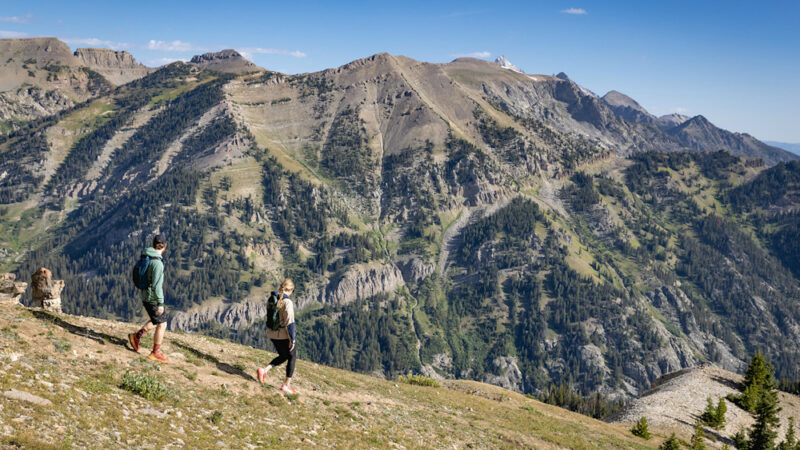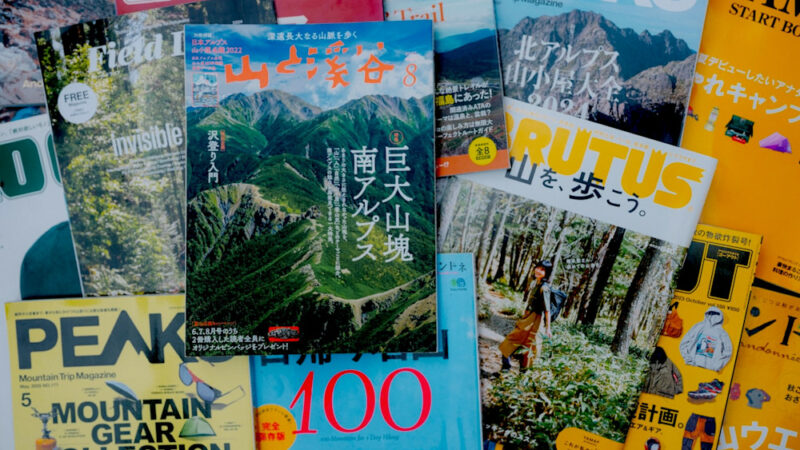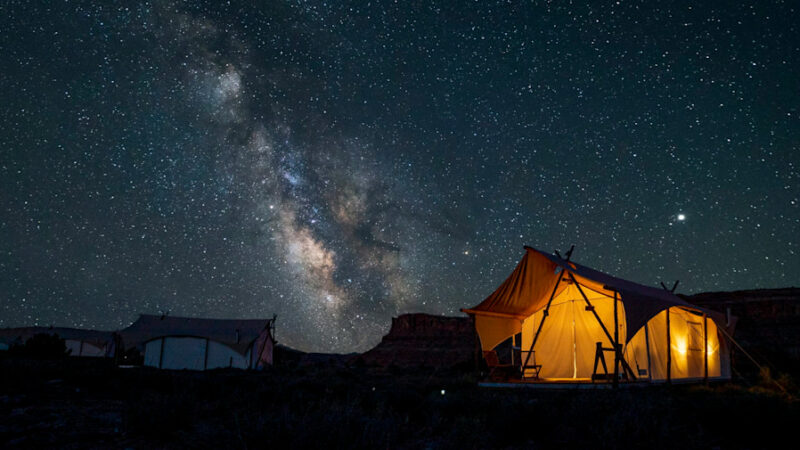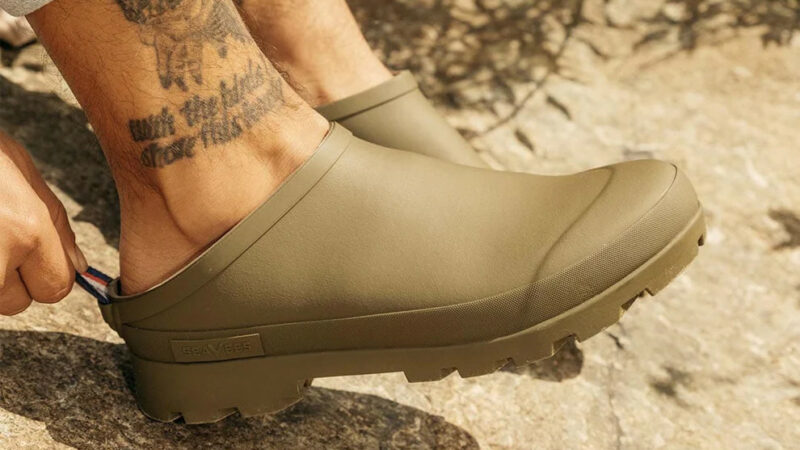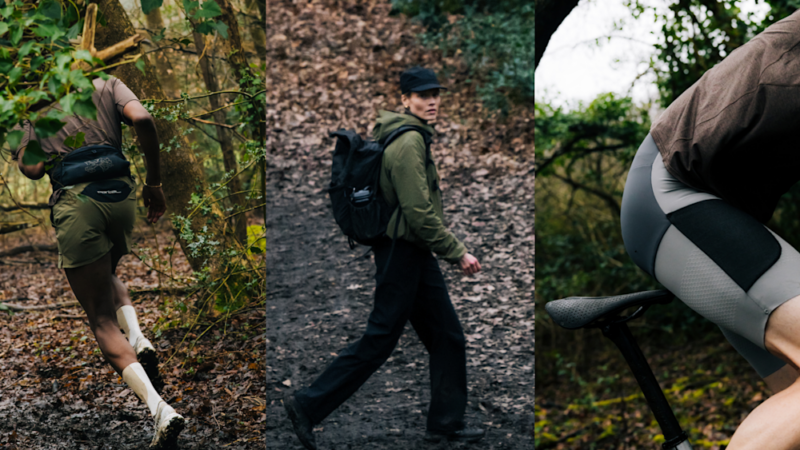Your Guide to 120 Film: What to Know and Which Brands to Buy
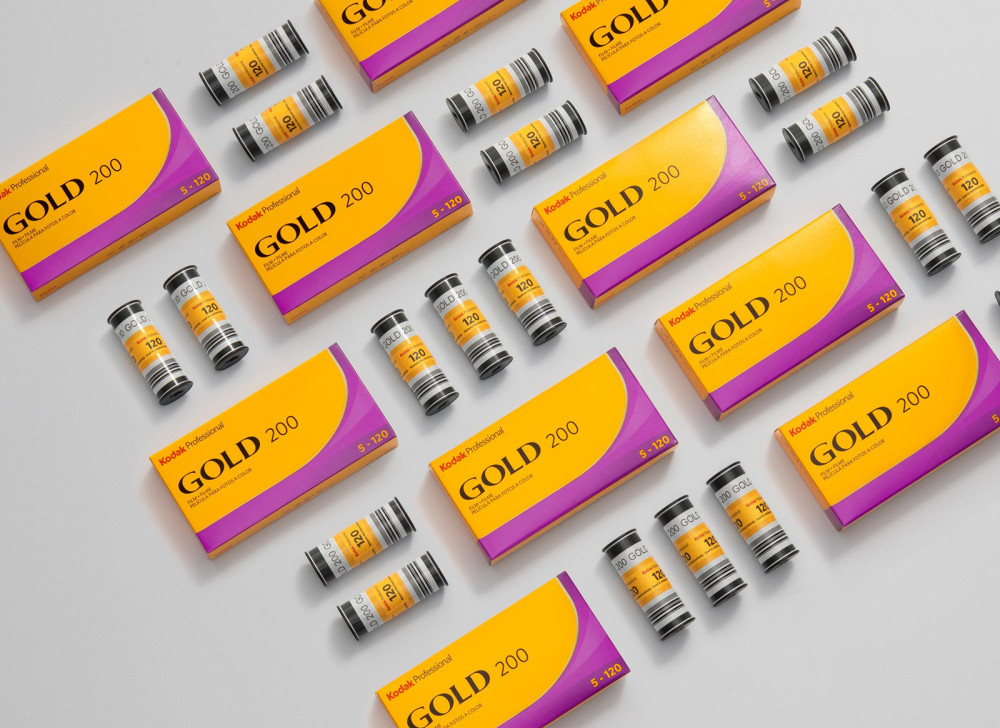
Benefits of Shooting 120 Film
Because medium format 120 film is roughly four times the size of 35mm film, it yields higher resolution images and greater dynamic range, which refers to the ratio between the darkest darks and the whitest whites in a photo. Put more simply, medium format film yields more detail and smoother gradients in photographs. If you’ve ever found yourself admiring your favorite film photographer’s work, wondering how on earth the image is so crisp and smooth looking in blue hour light, chances are they used a medium format camera and 120 film to make it. Medium format is also typically less grainy and better for making large prints.
Downsides of Shooting 120 Film
The main downside to shooting medium format film is the limited number of frames. And the price. Unlike 35mm film, which will typically yield 36 frames per roll, you can expect to get just 15 frames from a single roll of 120 film—16 if you’re good at loading film—because the frames are larger and because that’s just the way it’s made.
As for price, the cost of 120 film itself is often comparable to 35mm, but medium format cameras tend to be more expensive and they’re also physically larger. The real expense is in developing. When you’re looking at your usual film lab’s processing costs, you might notice that it’s often the same or sometimes even cheaper to get a roll of 120 developed and scanned. That’s the POV for optimists—it’s a little misleading. Realists will remind that you’re getting half as many or a third as many photos out of one roll of 120 compared to 35mm, which makes it two to three times more expensive.

